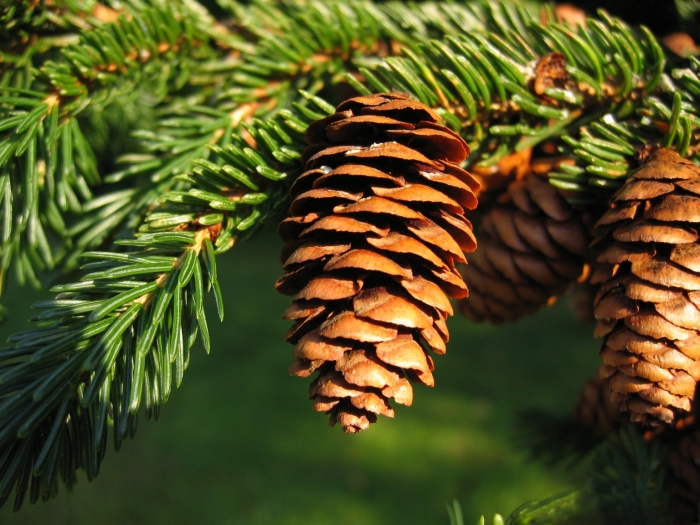Red Spruce
(Picea rubens)
Red Spruce (Picea rubens)
/
/

Keith Kanoti, Maine Forest Service, Bugwood.org
CC BY 3.0























































Estimated Native Range
Summary
Red Spruce is valued for its wood and as an ornamental tree. It is often used in reforestation projects and as a windbreak due to its tolerance of cold climates. The tree is also appreciated for its role in traditional music, as its wood is used to make sounding boards for instruments. In cultivation, it adapts to a range of light conditions from full sun to full shade and prefers moist, well-drained acidic soils. It is relatively low-maintenance but can be susceptible to pests such as spruce budworm and diseases like needle cast.CC BY-SA 4.0
Plant Description
- Plant Type: Tree
- Height: 60-70 feet
- Width: 10-18 feet
- Growth Rate: Moderate
- Flower Color: N/A
- Flowering Season: Non-Flowering
- Leaf Retention: Evergreen
Growth Requirements
- Sun: Full Sun, Part Shade
- Water: Medium
- Drainage: Fast, Medium, Slow
Common Uses
Bird Garden, Border Plant, Butterfly Garden, Deer Resistant, Edible*Disclaimer: Easyscape's listed plant edibility is for informational use. Always verify the safety and proper identification of any plant before consumption., Fragrant, Low Maintenance, Rabbit Resistant, Rock Garden
Natural Habitat
Cool, moist, acidic soils of coniferous and mixed forests in higher elevations and latitudes of Northeastern North America
Other Names
Common Names: Eastern Spruce, Yellow Spruce, West Virginia Spruce, He-Basalm, Rotfichte, Amerikanische Rotfichte, Pícea Roja, Épinette Rouge, Épicéa Rouge, Prusqueur Rouge
Scientific Names: , Picea rubens, Picea rubra, Picea australis, Picea nigra var. rubra, Picea americana, Picea mariana var. rubra, Picea rubens f. rubens, Picea rubens f. virgata, Picea rubra f. virgata
GBIF Accepted Name: Picea rubens Sarg.